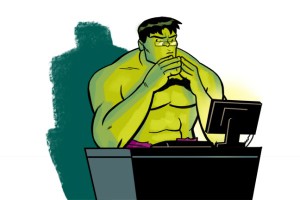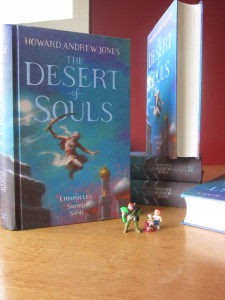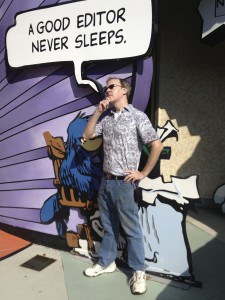Writing Flurries
 I finished the rough draft of a new novel, the second in the sequence of three I’m developing. I used the same process I used to write the new sections of the first novel (of this new trilogy) and it worked even better this time:
I finished the rough draft of a new novel, the second in the sequence of three I’m developing. I used the same process I used to write the new sections of the first novel (of this new trilogy) and it worked even better this time:
- First, know the characters and what they want
- Outline the events I’m most interested in seeing, arising from clashing character motivation
- Sketch out the arcs (this book has two major POV and three minor)
- Pick an arc and start drafting.
I started my novel career by writing books deliberately drafted to sound as though one person were sharing a story with you, the listener. It’s been a bit of a shift to write novels with multiple points of view, but I’ve gotten more and more practiced with it.
 I still miss limited first person, and I assure my wife that I’ll one day write at least one more Dabir and Asim novel from good ol’ Asim’s point of view, but third person has its attractions. For instance, I can now show what’s happening in other places, even with the villains, something my first person narrator couldn’t ever do.
I still miss limited first person, and I assure my wife that I’ll one day write at least one more Dabir and Asim novel from good ol’ Asim’s point of view, but third person has its attractions. For instance, I can now show what’s happening in other places, even with the villains, something my first person narrator couldn’t ever do.
I’ve gotten more and more accustomed to writing things out of order, something that never quite worked right when writing first person. Those books and stories had to be drafted in sequence, as colored as each scene was by perceptions and feelings rooted in the narrator’s experiences earlier in the story.
With my first four multiple point of view novels I wrote everything in order. With the first one of this new sequence I wrote all of one arc and then all of the next. For the second I varied even that tactic a little — if I ever got stuck on one arc I switched over to another until I’d worked out how to manage the unsticking.
I can’t say if this method would work for anyone else, but it certainly worked for this first draft, which consists alternately of blocks of text that might appear mostly unfinished in the completed project to little bits of stage directions with dialogue and notes to myself. Some minor characters are currently identified as “thing 1” or “thing 2” with names and characters to be developed in the next draft. Eventually their roles might be expanded so that they express hopes and fears or impact the narrative a little more, but in some scenes I just needed to find my way through, and extra touches weren’t important at the time.
 The next step? Well, I’m going back through the first novel of the trilogy and making changes suggested by my beta readers and necessitated by some events in the second book. I always like to let a draft sit on the window sill for a while to cool when I finish it, and that’s where book 2 will be, figuratively, for a few weeks. In the mean time I’ll hopefully get book 1 into near publishable shape and further flesh out the outline for the last book. The plan is to write that before year’s end.
The next step? Well, I’m going back through the first novel of the trilogy and making changes suggested by my beta readers and necessitated by some events in the second book. I always like to let a draft sit on the window sill for a while to cool when I finish it, and that’s where book 2 will be, figuratively, for a few weeks. In the mean time I’ll hopefully get book 1 into near publishable shape and further flesh out the outline for the last book. The plan is to write that before year’s end.
In some ways I think I prefer the editing/revising process to the actual drafting process. I love having something down on the screen that I can start fiddling with. Maybe that’s due to all the years I spent as an editor.
3 Comments